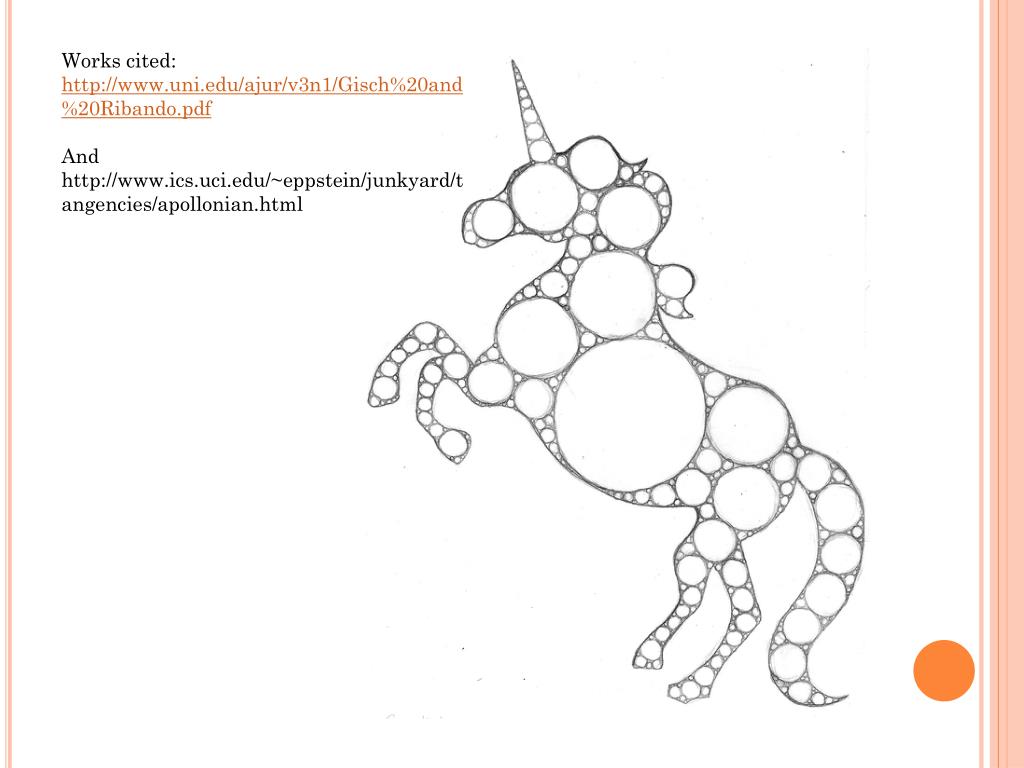

In any case, here is a plot of the basins of attraction shaded by the time until getting within a small radius around the masses. Still, Kasper’s solution show that the generic trajectory will quasiperiodically fill a region and tend to come arbitrarily close to one of the masses. I have the feeling that there ought to be an even simpler argument. User Kasper showed that one can reframe the problem in terms of elliptic coordinates and show that this implies a straight boundary, while User Lineage showed it more simply using the second constant of motion. Can one prove the boundary is a straight line? If we colour each point by the mass it approaches closest (or even collides with) we get a basin of attraction for each mass. If we have two unmoving equal point masses in the plane (let’s say at ) and release particles from different locations they will swing around the masses in some trajectory. On Physics StackExchange NiveaNutella asked a simple yet tricky to answer question: Ted Sanders on When the inverse square stops workingĬontinuing my intermittent Newtonmas fractal tradition ( 2014, 2016, 2018), today I play around with a very suitable fractal based on gravity.admin on When the inverse square stops working.Anton Sherwood on A sustainable orbital death ray.on What is the smallest positive integer that will never be used? admin on What is the smallest positive integer that will never be used?.Macrohistory: what can we really say about the long-term future?


 0 kommentar(er)
0 kommentar(er)
